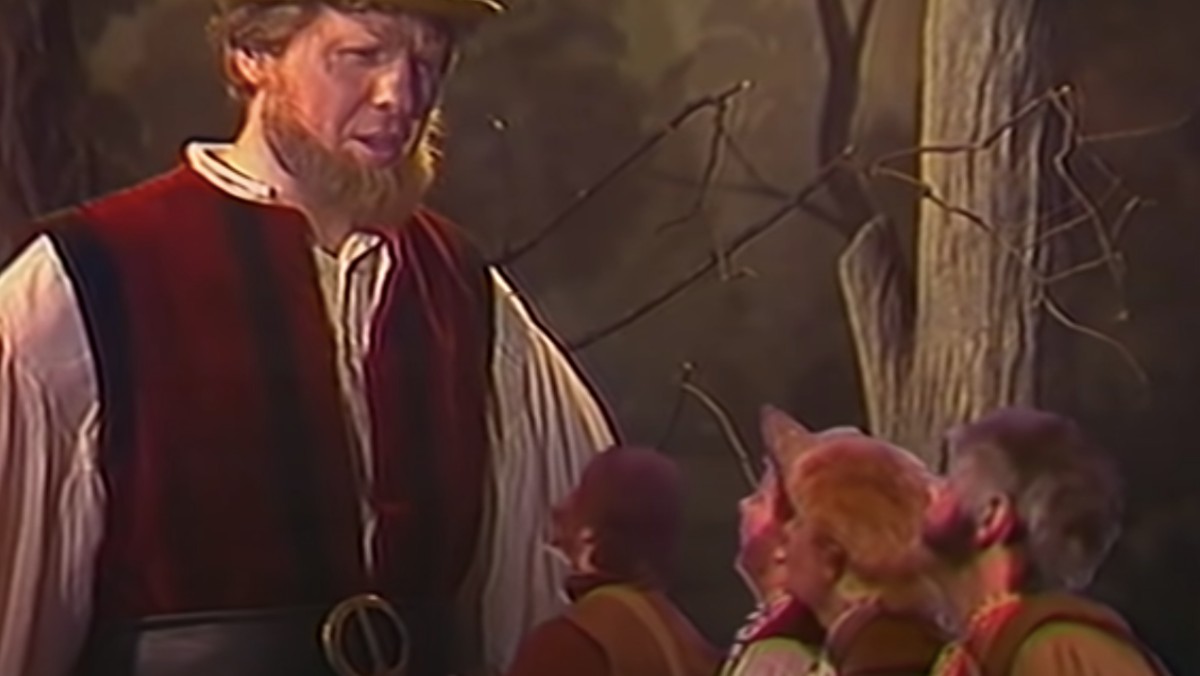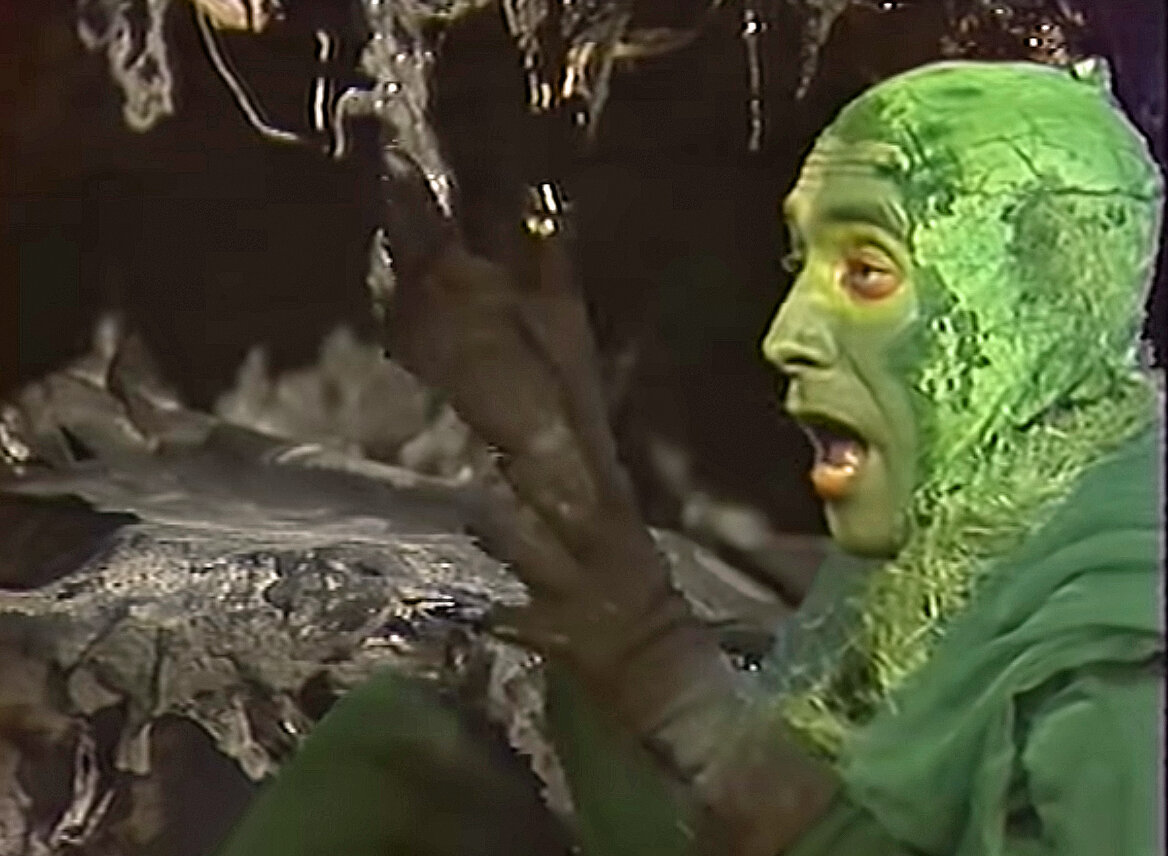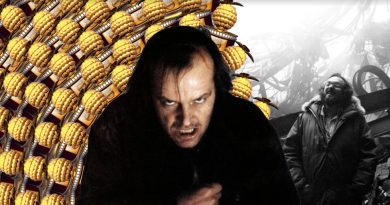The Bizarre Soviet Lord of the Rings
The Seminal Lord of the Rings movies are now 20 years old, with The Fellowship of the Ring having been released on the 10th of December 2001. With so much space between us and that release date, a few things have become clear: the films will stand the test of time, the impact of the trilogy on the film industry still reverberates to this day, and the talent behind it most certainly did not fluke into the success (as if there were any doubt). Lately, the Wētā workshop has maintained its pace in “making cool stuff” for the world of visual effects, the cast are flourishing, and Peter Jackson has made the most culturally dominant documentary of the year (The Beatles: Get Back, with 8 hours of running time no less). While we reflect on what an immense act of talent, ambition and creativity the production of The Lord of the Rings was, and how much it has remained important in our film-diets, what better way could there be to put Jackson’s accomplishments, in making what many called an unadaptable series, into perspective, then to watch this:
Titled The Keepers (Khraniteli), this two-part Soviet-era production of The Lord of the Rings was shown once on Leningrad Television, and then disappeared, long thought missing. Some things that should not have been forgotten, were lost. History became legend. Legend became myth. And for 29 years, the film passed out of all knowledge. Until, when chance came, it ensnared a new bearer. That is to say, it was posted to YouTube without fanfare or explanation. And now that we have access to the film, we can judge it for ourselves. It is one of the shoddiest productions I have ever seen, but it should be made clear that the budget of the film destroys all its chances. It seems the adapters concluded that they did not require silly things like permission, or money, to adapt Tolkien’s fantasy epic.
The warnings come early and fast. Apart from the bespectacled narrator, and heavily apparent lack of any production value, you may spot the thick layer of Vaseline along the edges of the lens. How magical. Moving ahead to Bilbo’s 111th Birthday Party, with Gandalf in attendance, it becomes clear that despite the opening prologue explicitly describing the Hobbits as small, the film won’t be bothering with forced perspective (the classic special effects technique that makes actors of equal proportions appear out of proportion, used extensively for Jackson’s LOTR films). All the same, everyone goes about their business as if the Hobbits are shorter than Gandalf, the men and the Elves, though helpfully sometimes a few of the actors do reign in their arms to shrink down.

A number of choppy and casually-strewn edits later, a bout of spell-casting calls for the best of Leningrad TV’s special-effects. Unfortunately, they do not exist. Gandalf waves his arms about, the camera zooms in, and there you have it, the magic is over now. Those incredible fireworks, meant to mimic a dragon so well that partygoers go diving for cover, are now a few doodled sparkles on a plain red background. There is liberal use of digital greenscreen, keyed so poorly that the background often bleeds into the cast’s Shakespeare-in-the-park-style costumes.

At least the filmmakers’ had the snowy Russian landscape at their disposal (never mind the fact that the setting depicted was part of Tolkien’s countryside which was described vividly nearly always in shades of green), though the slapdash horse-riding footage is poorly incorporated into the story, and escapes the constraints of the made-for-TV look by straining for the aesthetic of a fan-film. It is also in these location scenes that we are introduced to the so-called “Horrid land of Mordor”, which resembles a White Castle playpen, a problem exacerbated by the fact that it is flanked from behind by tiny, wispy trees for scale.

The soundtrack, composed by Andrei Romanov of the rock band Akvarium, is a truly bizarre mix of echo-ey grunts and chorus-groups, and occasionally anachronistic space-age sound effects (bleeps, bloops, etc).

Are there any plusses? Well, in The Keepers, we have the only well-known, feature-length adaptation to incorporate the fan favorite character of Tom Bombadil, great something or other of the woods. This is the only part of the movie that uses forced-perspective effects (actually some of the better blue-screen of the film) to make the Hobbits appear small compared to a now giant Bombadil, as his wife Goldberry has them wash-up before dinner like the seven dwarves in Snow White. These are the best scenes in the film, since they have an appropriate fairy-tale tone, and Tom and Goldberry are played quite well. And since Tom and his Deus-ex-Machina promise are involved, we also get the Hobbits’ encounter with the Barrow Wights.

But lest we begin to praise it’s fidelity to the source material, we should remember that the Hobbits, meant to be young men, look old and tired, while Gollum becomes a cross somewhere between the Grinch and spinach itself, waving his arms around like a faux modern dance routine, and strangely enough, we arrive at the Prancing Pony with an hour or so of film left. Here we meet Aragorn, who at least stands on a box to appear tall, and Legolas, who is played by the daughter of the director (this is not a joke). The rest of the movie zips through the Mines of Moria, and meeting Galadriel before Frodo and Sam take off to complete the quest on their own. At this time it should be clear that this is not an adaptation of The Lord of the Rings, but only of The Fellowship of the Ring. Maybe that’s a good thing, actually.

Let’s not kid ourselves; though it’s entertaining to poke fun at blasts from the past like this, the makers of The Keepers had no chance of making a quality Lord of the Rings film with what they had. The film’s ‘Merry’ claims the shoot spanned a total of 9 hours over the course of less than a week. Jackson’s team had five years of pre-production, 438 days of photography, plus pick-up shoots from 2001 to 2003. It’s better to appreciate the passion of fans who wanted desperately to make this, even though they weren’t capable in any sense, and were working with supposedly poorly translated material. Their effort is light in tone, and was maybe meant to entertain the kids, but that means the fact that it’s dull as dishwater is all the more troubling. Why not try to adapt The Hobbit, something far smaller in scope, better geared towards children, and shorter? Sure, it’s from another era entirely, and priorities were different in 1991… but Jackson’s adaptation was less than 10 years away. Do his films seem as dated with 20 years to saddle them?




